India's National Education Policy: More hope than hype
What the Indian government has put forward is a grand vision and policy framework. It reflects the government’s aspirations as to where it would like to see learning, education, teaching, and research, writes Amit Dasgupta for South Asia Monitor
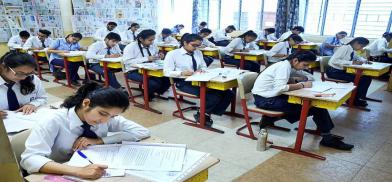
On July 29th, the Union Cabinet approved India's National Education Policy (NEP) 2020. It has come after a gap of 34 years. It is also the first national education policy by a non-Congress government.
There has been increasing disenchantment with the state of education in India. Alarming statistics that less than five percent of our engineers are employable were cause for consternation and embarrassment. The growth in India’s population triggered a demand-supply mismatch and led to the mushrooming of sub-standard and dodgy educational institutions. Degrees could be bought, mark sheets forged, attendance registers fudged, examination papers leaked and proxies found to take examinations. Media reports of wide-spread corruption in the education sector became routine.
But this was not all. Inequity defined education and reflected India’s divide between the rich and the poor. The poorer institutions lacked infrastructure and basic amenities, like toilets. Their teachers were untrained and often absent. Even great institutions, like the IITs, started to be perceived as being elitist.
Obsolete pedagogy and curriculum compounded the crisis. Innovation and curiosity were frowned upon. Textbooks were outdated. Teaching techniques continued to be old world and even though the technology was sweeping across the globe and had been embraced by students, the teachers saw it as a threat.
For more than a decade, educationists and the corporate sector have lamented the sharp decline in quality education and its impact on India’s growth story. The education infrastructure whether in schools or higher education institutions has suffered from a lack of commitment because education was never seen as a priority by the government. These have been the wasted decades that the new policy seeks to redress.
Significant policy shifts
Perhaps the first truly extraordinary aspect of the initiative is its consultative process, which comprised 275,000 direct consultations, including seeking views from all Indian citizens. It is the single largest consultative process undertaken in contemporary global history.
Second, the very approach towards outlining new policy reflects the government’s intent on wide-ranging changes and reforms from re-wiring to complete overhaul to changing the very education engine, as it were. This is reflected through its consultations on research, teacher training, the focus on the liberal arts, flexibility in approach, and greater autonomy to education institutions, online and distance education, international rankings, etc.
Both the above reflects the government’s recognition of education as a key and strategic instrument in realizing national aspirations and the demographic dividend. The transformative shift in the new education policy is the focus on students and thus, learning and not teachers and thus, teaching. This is a move away from didactic or rote learning that the earlier policy had relied upon to experiential learning.
The focus on students recognizes that children are curious, they want to experiment and try out new things before they decide what they are good at and would like to pursue. The new policy allows for this flexibility and has made learning in schools and colleges multi-disciplinary. It may be recalled that some of the great universities in the world offer double degree programmes with unique combinations, such as music and mathematics, or business and law. This would impact thinking and allow for moving away from linear mindsets to lateral thinking. Several studies have demonstrated that problem-solving and strategic decision-making benefits the ability to think sideways.
Additionally, due importance and indeed, respect has finally been shown to vocational education, which for past decades had been looked down upon. This emphasis and equalization of vocational education will open up significant avenues for India’s young.
The emphasis given to teacher training as being critical to the success of the policy recognizes that several current teachers are likely to resist the proposed shifts because they themselves lack the skills to shift from entrenched mindsets. The earlier equation between the teacher and the pupil was based on the teacher imparting information and knowledge to the student. Those who memorized, and applied that knowledge succeeded. In today’s world, the mobile phone has all the information that all the teachers in the world put together possess! This can be pretty disconcerting for the teacher for he can now be rendered replaceable.
The role of the teacher needs, therefore, to be recast. He now becomes a facilitator. Someone similar to a pencil sharpener, whose role is to reveal and sharpen the existing lead in the pencil.
Challenges in implementation
What the Indian government has put forward is a grand vision and policy framework. It reflects the government’s aspirations as to where it would like to see learning, education, teaching, and research. This is predicated on the belief that education has a purpose and that it is meant to help address India’s myriad challenges, which the current system is unable to cope with.
While NEP 2020 has been welcomed, there are key questions and anxieties with regard to implementation; the first of which is with regard to funds and budgetary allocations. India currently spends around 3 percent of its total GDP on education, which is simply not enough to implement its ambitious agenda as outlined in the NEP. This needs to be redressed and there are legitimate doubts as to how the government would credibly do this, considering competing demands from other sectors, such as health, defence, etc, and strain it is facing as a consequence of the pandemic lockdown.
Linked to this is India’s ambition to enhance the Gross Enrolment Ratio from 30 percent that it is likely to achieve in 2020 to 50 percent. This ‘massification’ of higher education would put significant pressure by increasing the number of seats in colleges and universities and could pave the way for the proliferation of sub-standard institutions. This would be seriously disappointing, as the principal rationale behind NEP 2020 was to address the quality of education issues. Additionally, a greater number of students seeking admissions in limited institutions would disrupt the teacher-student ratio and further impact quality.
A third challenge appears to be a lack of clarity on what precisely is meant by Atmanirbhar or self-reliance. Would this mean that Indian institutions would be discouraged from collaborations with international institutions on research and student enrolment? This contradicts the policy in creating Institutes of Eminence where international collaboration was a mandated stipulation. It, furthermore, challenges the invitation to high-quality international institutions to open campuses in India.
Implementation has never been India’s strong point and it is where we have all along stumbled. Grand visions and ideas have gone astray and remained on the drawing board. As we all know, grand ideas are meaningless, unless they are implemented. Now is the time for innovation based on grand imagination and firm commitment.
The corporate sector needs to be drawn in as stakeholders in the implementation of reforms. They would, after all, be direct beneficiaries of the education reforms. Similarly, to immediately address the shortfall in the teaching community, retired employees of private and public sector organizations, civil servants, defence personnel, and others can immediately fill the space as teachers and administrators.
Additionally, all education institutions maybe requisitioned after school hours to conduct evening classes and vocational education programmes for the youth, who are unable to find time to go to school because of employment reasons.
What the government needs to do is to identify education reforms as a critical national priority. If it does not do so, the hope NEP 220 has generated would soon be cast aside as hype.
(The writer, a former Indian diplomat, is currently involved in the education sector. The views expressed are personal)





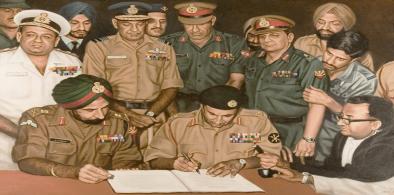

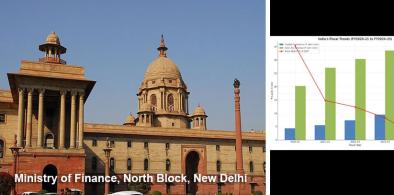

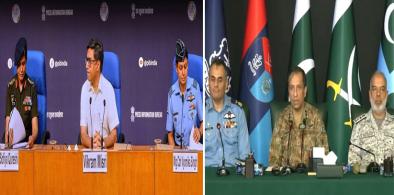
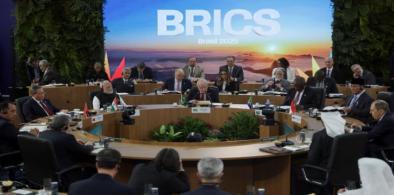
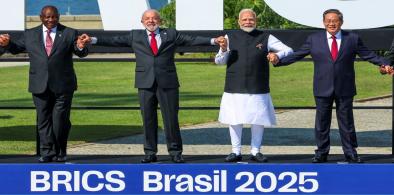








Post a Comment